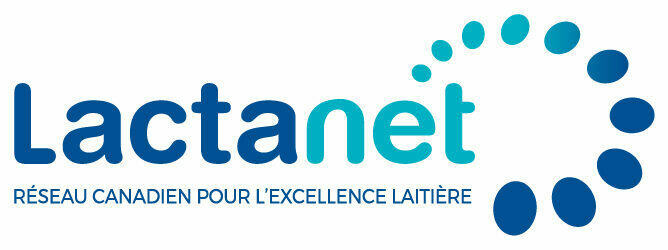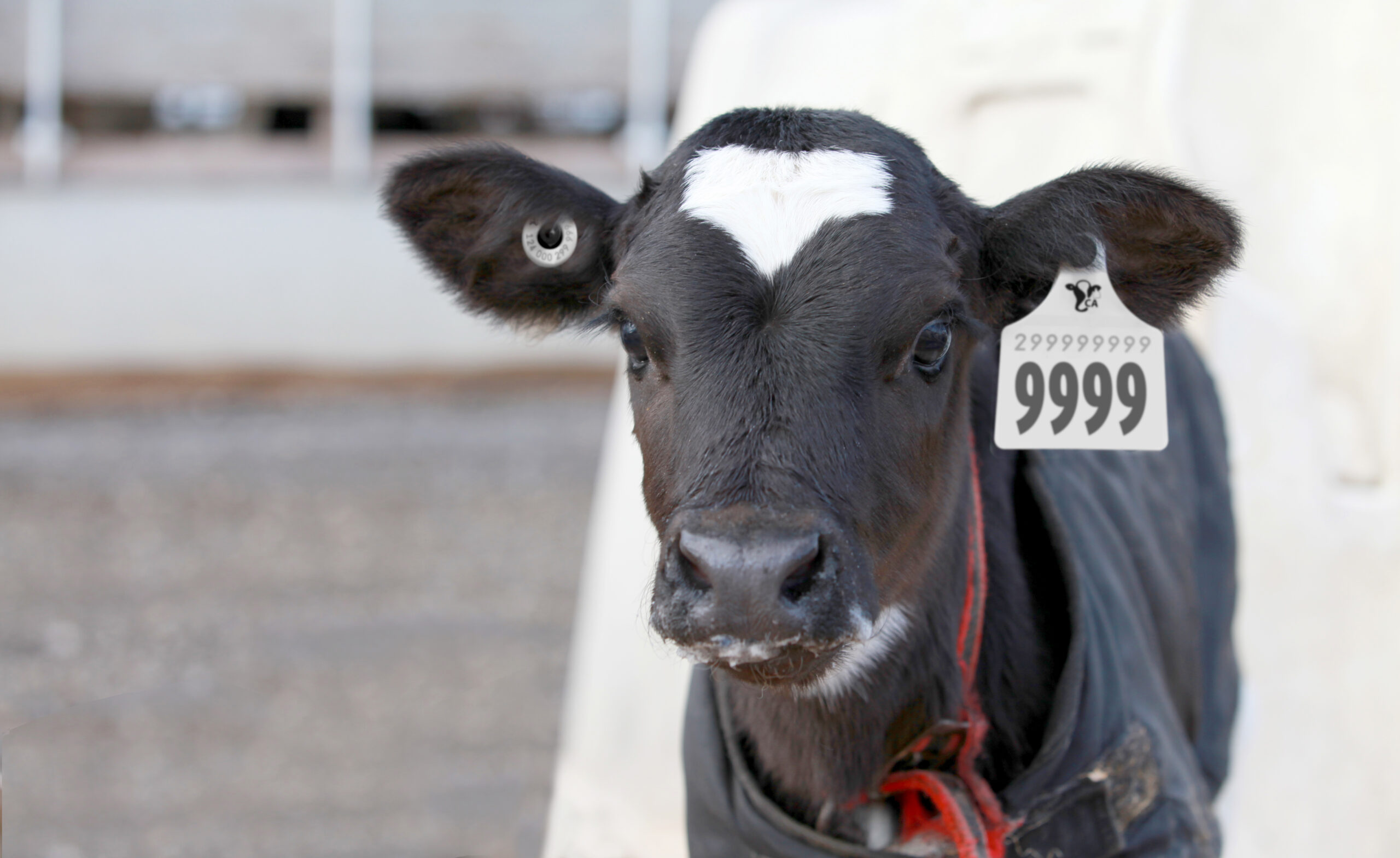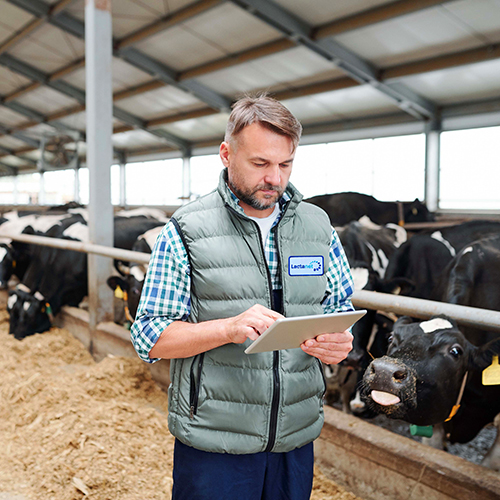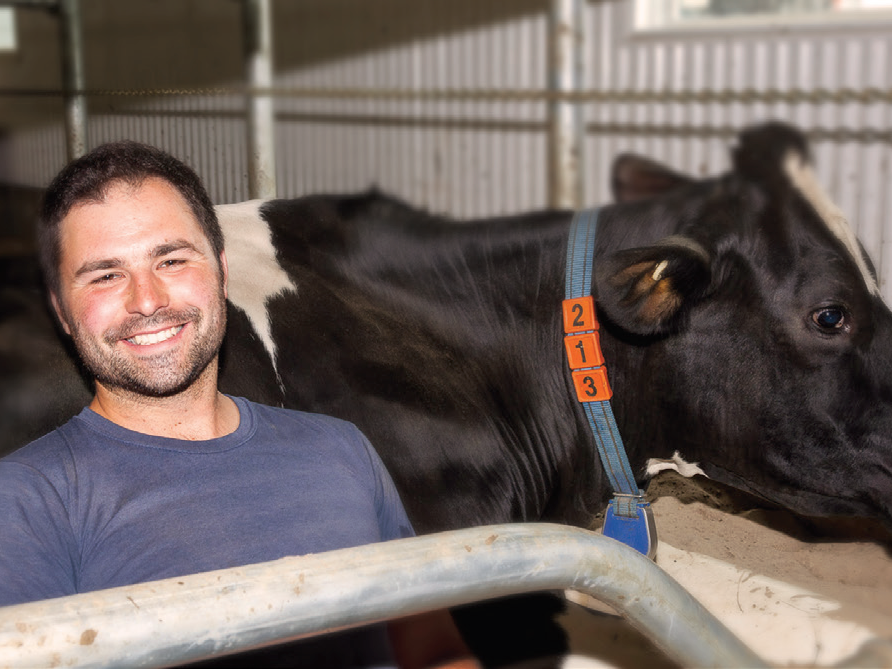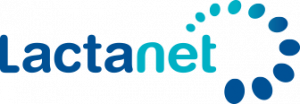Six Tips for Choosing Which Heifers to Raise
- August 21, 2020
When calvings are more abundant, like in August and September, you may wish to select which heifers are more valuable to keep in the herd.This is especially important when forage inventories are at an all time low in certain regions. Each heifer bred will consume, on average, over $1,200* worth of forage to get to her first calving!
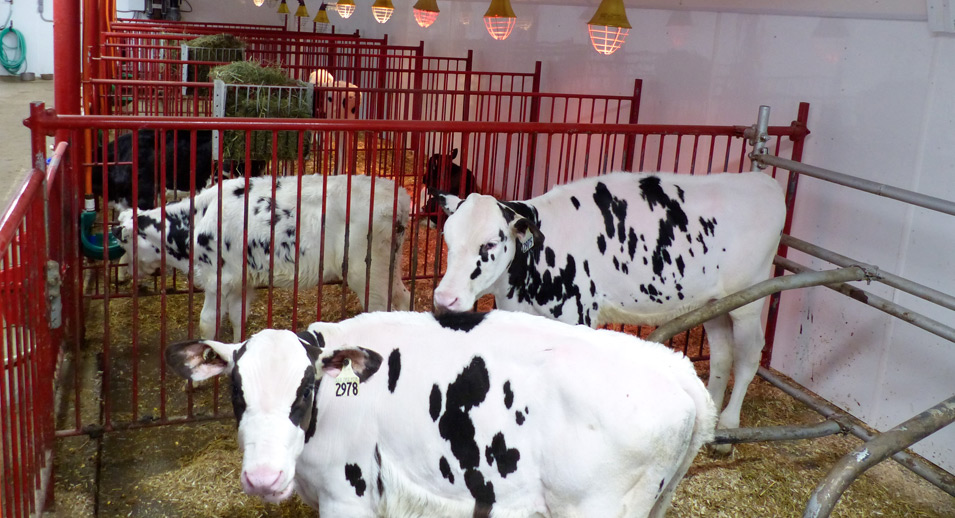
To optimize selection and heifer raising costs, it is helpful to determine how many heifers you will need and to make good use of the tools at your disposal.
The six tips below can help you to choose the best heifers to raise.
1- Consult your herd’s genetic inventory
Producers enrolled in milk recording benefit from access to genetic indexes based on the parents and the dam’s performance. Genetic indexes are the fundamental data to be consulted to objectively select females. Various tools, such as Compass, will allow you to create lists of females in order of their genetic index. During the milk-recording visit, your Lactanet technician will update the herd cow inventory and can do the same for heifers in order to produce up to date lists.
2- Choose economic criteria
Concentrate on the criteria that will result in cows that are both profitable and functional. Your initial sort can be based on your choice of the Pro$ or IPV index. Yield and milk fat are also good indexes to consult to produce milk which is better adapted to the market. The majority of producers also retain functional criteria such as mastitis resistance, fertility of females and health criteria.
3- What to choose at breeding
It is common to use sexed semen to get heifers from select dams in the herd. This strategy also involves the use of beef semen on the least desirable cows to produce calves with added value. Compass offers suggestions for the use of sexed semen, conventional semen and beef semen for every female in the herd over one year old.

Figure 1: Compass proposes a choice of semen type (Sexed=SS, Conventional =CS or Beef = BS) for every female. The columns displayed can be personalized.
4- Plan breedings and manage inventories
Planning allows heifers to calve in a more constant manner. For example, if you need 36 heifers per year, or an average of three heifers per month, and you have a dozen dairy heifers born in August and September, you will have a surplus of heifers to choose from! It is advisable to plan the number of heifers to be born over a given period (monthly or quarterly). You will need to spread out the doses of sexed and beef semen to avoid occasional heifer shortages or surpluses. An appropriate range of heifer ages facilitates a continuous supply of young cows in production to meet your needs.
5- Genotype heifers that have intermediate indexes
It is easy to conclude that a heifer with a Pro$ index of 2,200 should be raised as compared to one with a Pro$ index of 1,000. For heifers with intermediate values however, genotyping can provide more precise indexes that can improve on decision making.

6- Record health events
The observation of heifers and accurate record keeping of health events will help you to clarify and improve how you manage your heifer choices. For example, you may choose to eliminate heifers that were very sick at a young age even if they are not low on the list.
Every manager should establish their own criteria and be aware of the resources available to them to make the best possible choices. Setting up a carefully thought out selection strategy that involves the consultation of genetic indexes and other pertinent data is recommended to reduce heifer raising costs and forage consumption. It will also ensure that you raise the best candidates with the most potential for becoming profitable cows.
